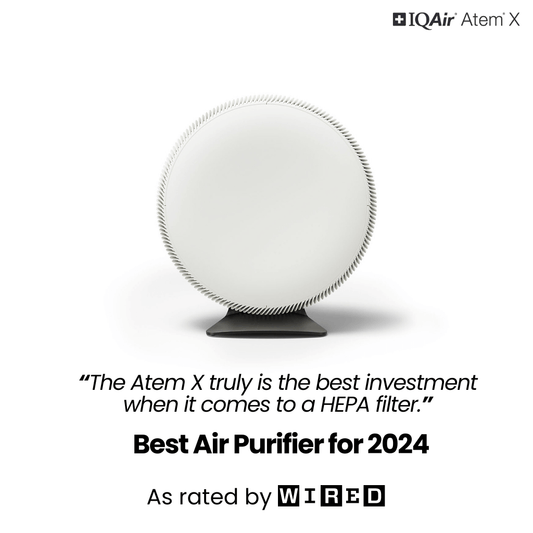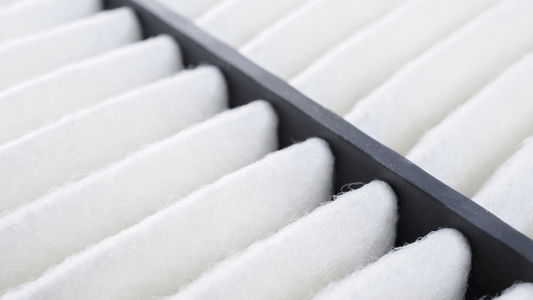House dust mite allergy is very common and any product that can kill the dust mites, without affecting the patient, is to be welcomed. In a classic paper, Dr Harry Morrow Brown, a consultant allergist based in Derby, UK, gives his insights into developing the German anti-mite product Acarosan, whose active ingredient is benzyl benzoate. Acarosan is a spray or powder that can be applied to bedding, carpets and soft furnishings.
In the paper, Dr Morrow-Brown describes clinical trials he conducted between 1988 and 1994 on Acarosan. He believed his studies showed the product to be effective but found it hard to get the research published although some publicity was generated by conference presentations. The problem with publication, he believes, is because it is so hard to design classic clinical trials, which are double-blinded, with products such as this (they are more easily applied to new drugs where active drug is taken by one participant, placebo by another and these are then compared). He had hoped that Acarosan would, at least, have been marketed on the basis of the publicity because there are few other good acaracides (mite killers) around.
One problem seems to have been the Health and Safety Executive’s (HSE) concern over the benzyl benzoate content. The HSE demanded toxicity tests, even though benzyl benzoate is approved as safe for food use in the USA and in Europe. The tests were done, but once the HSE was satisfied, the vendors of Acarosan had apparently lost interest in marketing it. The original plan had been to have the NHS prescribe Acarosan for patients with house dust mite allergy. Treating the house with Acarosan, rather than the patient with more expensive drugs, could have saved the health service a lot of money!
The Morrow-Brown trials involved 80 patients, of whom 33 were allergic only to house dust mite, while the others had multiple sensitivities. They kept symptom diaries and peak flow readings were taken for those with asthma. The amount of house dust mite allergen in dust samples was measured at regular intervals. This was done before, and after, applying Acarosan to the patients’ homes.
The paper presents some individual case studies, as follows:
- John, 19, was first seen at age 3 with rhinitis, asthma and eczema because of house dust mite, dog and horse allergen sensitivity. He had sneezing, nose blockage, itchy eyes and ears and eczema. Three days after Acarosan treatment, all his symptoms had gone and, for the first time in 18 years, he required no treatment.
- Allan, who was 46 when he joined the trial, had had asthma and rhinitis, controlled by inhaler medication, since the age of 17. His son, David, aged 13, had had asthma and rhinitis for 5 years. After treating their house with Acarosan, the father’s peak flow did not increase and he needed the same medication – but he said dust exposure did not affect him as it has previously. But the improvement for David was striking – within two months he stopped all medication and no longer suffered from his previous exercise-induced asthma. The effects on David were long-lasting and, after a time, Allan also began to need less medication.
- Stephen, 29, had had extremely severe eczema needing oral steroids. Following Acarosan treatment, he could stop his tablets and by three months, his eczema had gone.
Dr Morrow Brown describes many other successful case studies in his paper. It is notable that if an allergic patient moved – on holiday, say – to a non-Acarosan treated environment, their symptoms returned in full force. Otherwise, improvements can be expected to last for more than a year. Results were best in cases where house dust mite allergen was the only problem, less so where multiple allergies were present, as is to be expected. The results in eczema were the most dramatic, confirming house dust mite allergen as a cause of eczema which is not always appreciated by allergists.
Dr Morrow Brown believes that that Acarosan treatment could be a more practical approach than re-locating to a very dry location, like the Swiss Alps, where there are no mites, or getting rid of all bedding and soft furnishings that harbour mites. In particular, he believes that if mite control were used more often in children, they might have a chance of escaping the ‘allergic march’ and developing more serious allergies as they get older.
Incidentally, Acarosan is not the only effective acaracide. In his paper, Dr Morrow Brown notes others’ experience with sodium polyborate which is used as an insulator for electric cables. Where mice have chewed cables, liberating this powder, dead insects are found around the damaged cable. It appears, from experiments, that sodium polyborate can pierce a hole in the insect exoskeleton, leading to dehydration and death. This lead to its veterinary use and those using it found that people in the family with allergies improved considerably. However, it has not been developed for clinical use in humans with allergies.
Source: H Morrow Brown, The Story of Acarosan.



